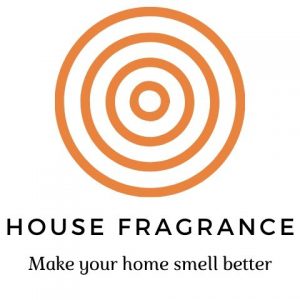If you’re interested in natural health remedies, you may have encountered the terms “terpenes” and “essential oils.” Terpenes and essential oils are natural compounds commonly found in plants. While both are natural compounds found in plants, they have distinct differences that are important to understand. Understanding these differences is crucial for anyone interested in using or studying these compounds.

Terpenes vs. Essential Oils
Terpenes are a class of organic compounds found in many different plants, including cannabis, conifers, and citrus fruits. They are responsible for the characteristic smells and flavors of these plants. Terpenes are made up of multiple isoprene units, and they are usually volatile, meaning they evaporate quickly. It is why they are found in perfumes and other fragrances.
Essential oils, on the other hand, are concentrated plant extracts that contain a variety of different compounds, including terpenes. The common extraction methods include steam distillation or cold pressing. Essential oils are often used for their therapeutic properties. They are popular in aromatherapy and other natural health practices.
Main Differences Between Terpenes and Essential Oils
Terpenes and essential oils are natural products derived from plants but differ in a few key ways. Most notably, terpenes are the main components of essential oils – meaning that all essential oils contain some amount of terpenes. However, not all terpenes are found in essential oils. Let’s discuss the differences one by one.
Composition
One of the critical differences between terpenes and essential oils is their chemical composition. Terpenes are made up entirely of isoprene units. There are over 20,000 known terpenes, and they are found in a wide range of plants, fruits, and vegetables. However, some terpenes are more commonly known and used than others. Some of the popular terpenes you can buy online are limonene, pinene, linalool, myrcene, and caryophyllene.
Essential oils, on the other hand, contain a variety of different compounds, including terpenes, phenols, and aldehydes. This means that essential oils are often more complex than terpenes and can have a wider range of therapeutic effects.
Extraction Method
Another difference between the two is the extraction process. Terpenes can be extracted using various methods, including steam distillation, solvent extraction, and expression. Essential oils are typically extracted using steam distillation or cold pressing. It means that essential oils are often more concentrated than terpenes, which can make them more potent.
Uses
The uses and applications of terpenes and essential oils also differ. Terpenes are often used in perfumes, flavorings, and other fragrances, as well as in pharmaceuticals and other products. Anecdotal evidence shows they have therapeutic properties. Some studies have also revealed they may have anti-inflammatory, antimicrobial, and analgesic effects.
Essential oils are great for aromatherapy and other natural health practices. They are believed to have various therapeutic effects, including reducing stress and anxiety, improving mood, and promoting relaxation. Some essential oils may have antifungal, antibacterial, and antiviral properties. Essential oils can also be used in candle making, soap making, skin care, or other wellness products.
Health Benefits
Terpenes are organic compounds that are naturally occurring in plants and are responsible for the aroma and flavor of many fruits, vegetables, and herbs. Some terpenes, such as limonene and pinene, are known to have anti-inflammatory, analgesic, and anti-cancer properties. However, it is essential to note that terpenes are present in small amounts in plants, and obtaining therapeutic doses through natural sources can be difficult.
Essential oils, on the other hand, are highly concentrated extracts obtained from plants using various methods of distillation or cold pressing. Because they are concentrated, essential oils can be more potent than natural plant sources of terpenes. Essential oils are commonly used in aromatherapy, massage, and other holistic practices for their potential therapeutic effects. Some popular essential oils and their potential health benefits include:
- Lavender oil: known for its calming and relaxing properties, and may also have pain-relieving and anti-anxiety effects.
- Peppermint oil: commonly used for its refreshing and energizing effects, and may also have pain-relieving and anti-inflammatory properties.
- Tea tree oil: known for its anti-inflammatory, antifungal, and antibacterial properties, and is commonly used to treat skin conditions such as acne and eczema.
It is important to note that essential oils are highly concentrated and should be used cautiously. If not used properly, they can cause skin irritation, allergic reactions, and other adverse effects. Additionally, the quality of essential oils can vary greatly, and it is vital to purchase from reputable sources to ensure purity and potency.
Wrapping Up
Terpenes and essential oils are natural compounds found in many different plants. While they share some similarities, there are essential differences between the two. Understanding these differences is crucial for anyone interested in using or studying these compounds. Whether you are interested in the therapeutic properties of essential oils or the fragrances of terpenes, it is vital to use these compounds safely and responsibly.
